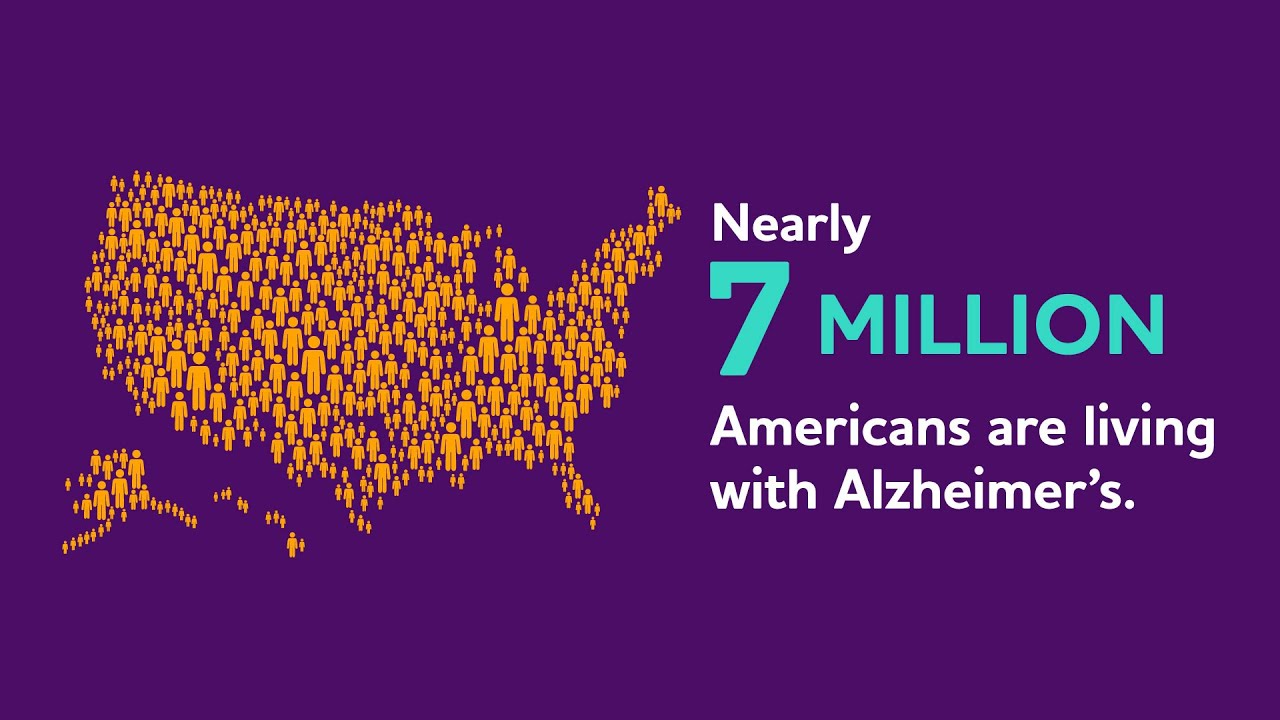
The Concealed Financial Wave of Dementia: America Confronts an Unprecedented $781 Billion Economic Challenge in 2025
A striking new study from the University of Southern California (USC) has unveiled the astonishing financial ramifications of dementia on American society, projecting that the overall economic strain will hit $781 billion by 2025. Issued by a diverse team at USC’s Schaeffer Center for Health Policy & Economics, the results highlight a swiftly intensifying crisis—not limited to healthcare, but affecting families, workplaces, and communities throughout the nation.
Beyond Conventional Medical Expenses
Standard projections of dementia’s effects have generally concentrated on direct healthcare expenditures. However, the USC study, conducted through a multi-year collaboration with the National Institute on Aging, takes a significantly wider perspective. It encompasses not only medical and out-of-pocket costs but also the considerable impact on quality of life and unremunerated caregiver contributions—elements often overlooked in typical cost evaluations.
Julie Zissimopoulos, co-director of the Aging and Cognition program and a professor at the USC Price School of Public Policy, highlighted the importance of this extensive view: “Gaining a clearer picture of who incurs these costs and how they evolve can shape evidence-based policies that may ultimately mitigate the financial burden of dementia.”
Currently, nearly 5.6 million Americans are living with dementia, including 5 million aged 65 and above. As the U.S. population ages rapidly, these figures—and their related financial demands—are anticipated to surge even further in the forthcoming years.
Stunning Breakdown of the $781 Billion Strain
The new projection substantially alters our perception of where and how dementia-related expenses occur:
– Quality of Life Decline: The largest segment of the burden—$302 billion—is linked to the decline in quality of life for those afflicted with dementia. Care partners, who often endure emotional strain, financial difficulties, and health decline, contribute another $6 billion in reduced well-being.
– Unpaid Caregiving: Family members and friends provide an estimated 6.8 billion hours of unpaid care each year. Valued at $233 billion, this unseen workforce is essential to America’s dementia care system.
– Healthcare Expenditures: Healthcare costs associated with dementia are expected to reach $232 billion in 2025. Medicare will cover $106 billion of this figure, while Medicaid will contribute $58 billion. Additionally, patients and their families are projected to spend another $52 billion out-of-pocket—a significant burden, particularly for low- and middle-income households.
– Lost Income: Caregiving also impacts family finances by removing capable workers from the job market or necessitating reduced work hours. Researchers estimate these lost earnings will total $8.2 billion.
Innovative Methodology and Human-Driven Focus
The USC team utilized dynamic microsimulation modeling—a cutting-edge tool that integrates national survey datasets with Medicare and Medicaid administrative records. Unlike former models, this pioneering method captures a comprehensive economic picture of dementia.
What distinguishes this research is its human-centered approach. The team collaborated not only across disciplines—from economics and public policy to medicine—but also interacted with patients and caregivers to ground their assumptions in real experiences.
According to Dana Goldman, co-principal investigator and founding director of the USC Schaeffer Institute for Public Policy & Government Service, “This research highlights the significant burden dementia inflicts on patients, their families, and caregivers. Yet it also indicates the potential benefits of developing methods to prevent and treat Alzheimer’s and diseases associated with dementia.”
A Glimmer of Hope: New Treatments and Early Detection
The timing of USC’s findings coincides with a surge of innovation in Alzheimer’s and dementia research. Recently approved treatments have shown promise in decelerating cognitive decline in early-stage patients. Simultaneously, advancements in blood-based diagnostic tests provide the potential for earlier and more precise detection—critical factors in reducing long-term costs.
USC’s economic model aspires to function as a dynamic tool, allowing policymakers and researchers to simulate how alterations in policy, innovative treatments, or preventative measures can influence the trajectory of dementia-related expenses.
Why This Matters Now
With U.S. life expectancy on the rise and the baby boomer generation entering retirement, the societal impact of Alzheimer’s disease and related dementias is poised to escalate for decades ahead. The USC report indicates that ignoring dementia’s economic implications is no longer viable.
Without adequate interventions, dementia will persist in exerting unsustainable pressure on public health systems, private finances, and the emotional and physical well-being of countless caregivers. Timely public measures could alleviate this burden, but only if informed by data-driven insights such as those presented in this landmark study.
As the USC-led team continues their research, they hope these annual projections will empower decision-makers to develop intelligent, compassionate, and proactive strategies for dementia care—before this concealed financial wave turns into an overwhelming flood.
Stay Updated
To monitor this evolving subject and receive the latest information on research, policy updates, and promising treatments in the dementia arena, consider subscribing to NeuroEdge.